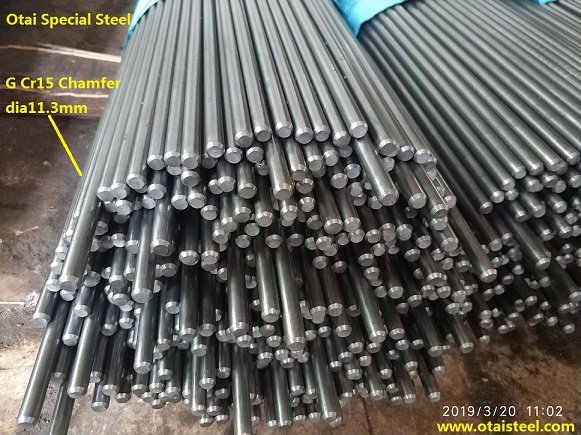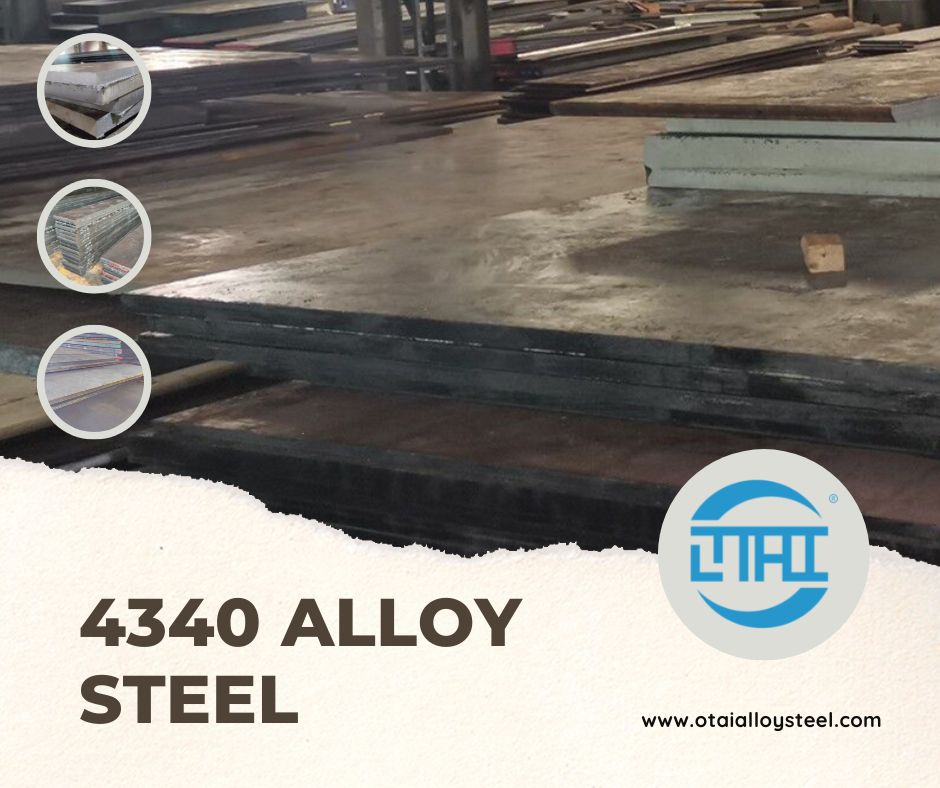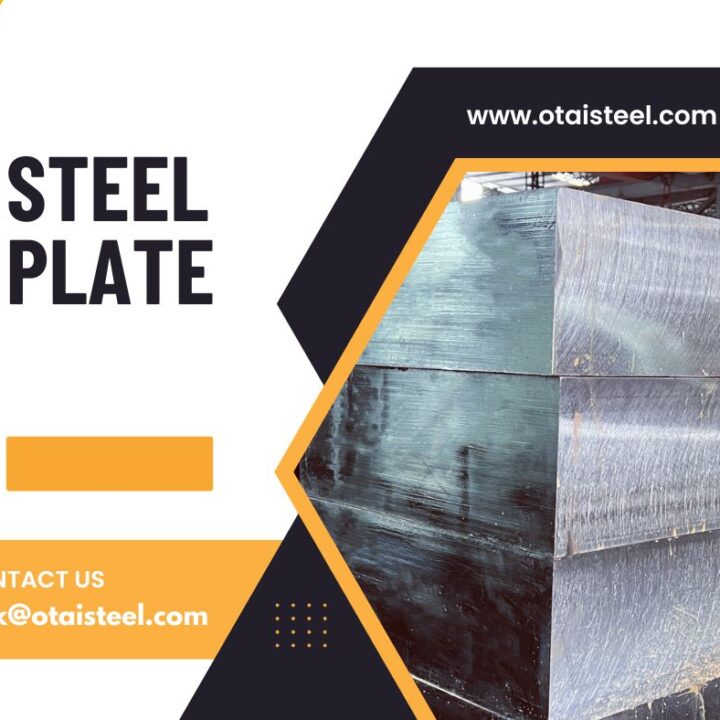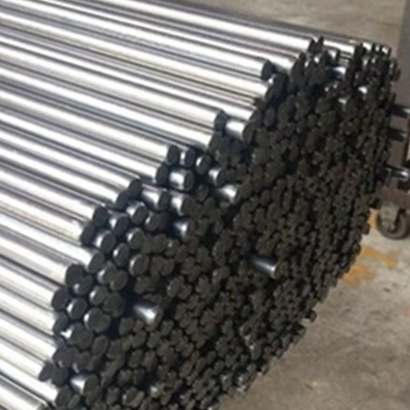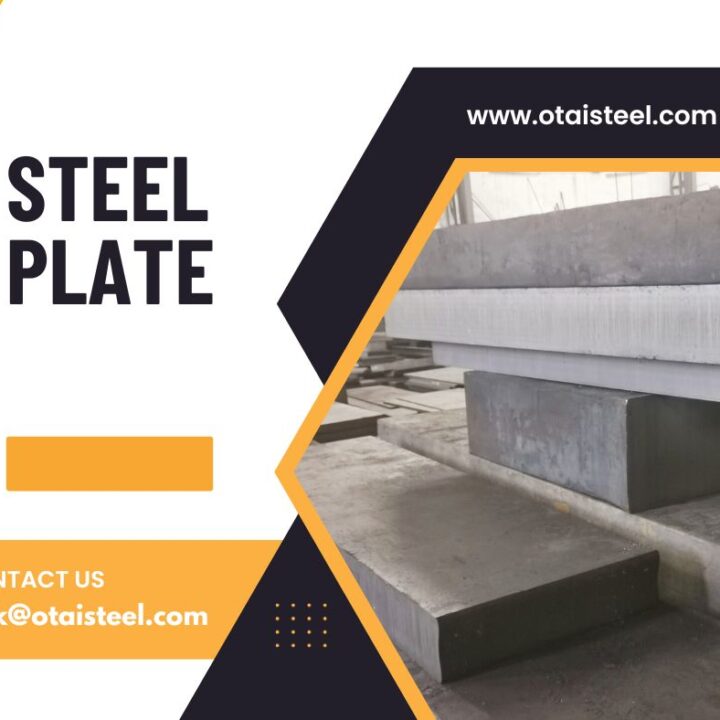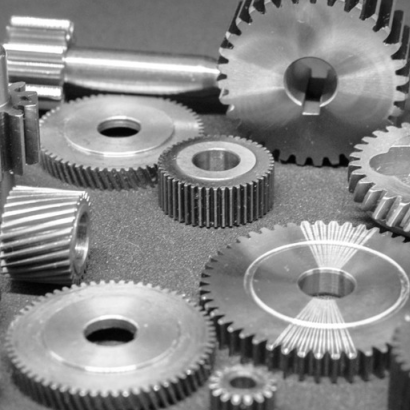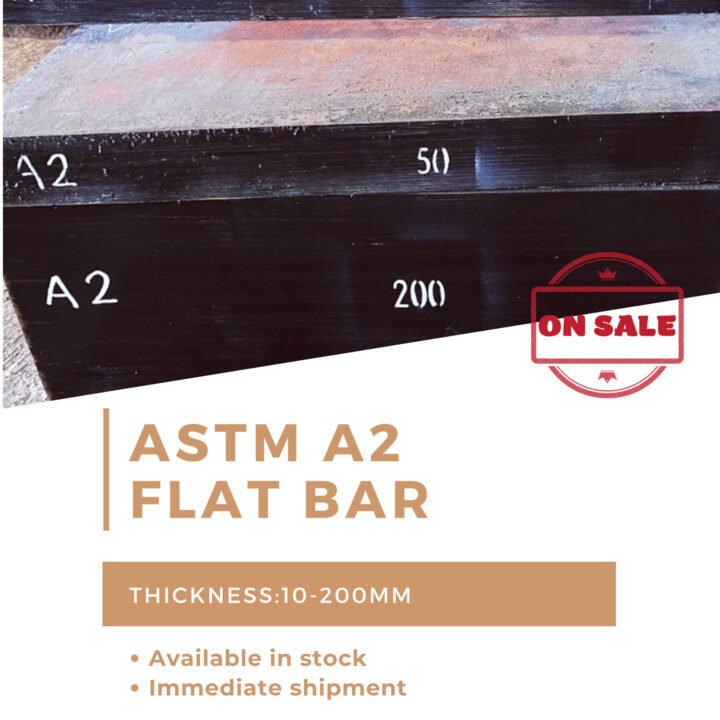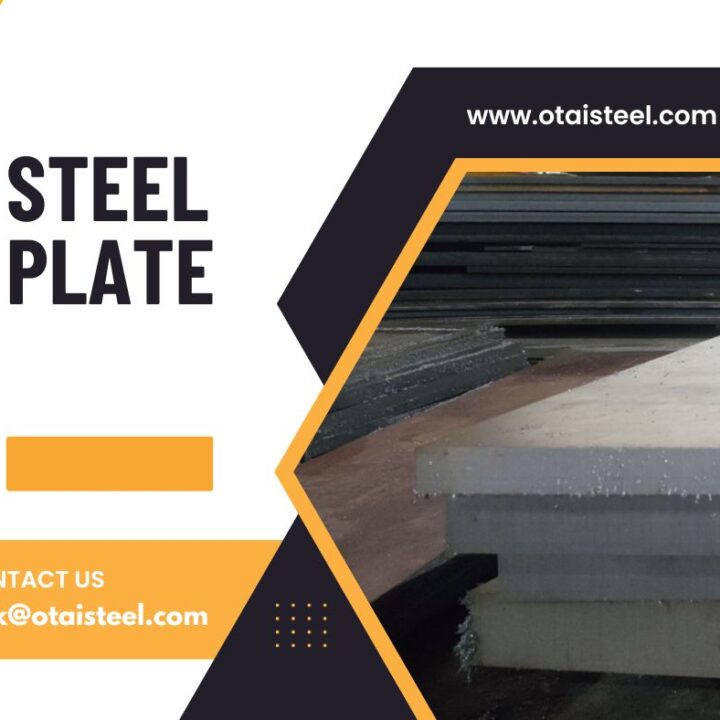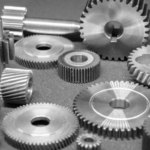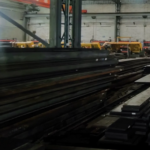Hot rolled carbon steel is a kind of metal alloy, which is mainly composed of iron and some carbon. These carbon will be rolled from the ingot to a certain size at a temperature higher than its recrystallization temperature. Forming hot rolled carbon steel at such a high temperature gives it excellent mechanical properties while keeping the cost lower than that of cold rolled carbon steel.
ASTM A36
ASTM A36 steel is one of the most popular hot rolled steels sold by steel mills. For hot rolled steel A36 is ASTM specified material. It is considered low carbon steel because its carbon content is usually 0.25% to 0.29% by weight. The “36” in A36 is important because it specifies a minimum yield tensile strength of 36000 psi. A36 has high machinability, weldability and excellent mechanical properties. This is one of the reasons why it is so popular, and part of the reason why it is widely used in structural applications.
C1010 and C1018
AISI C1010 and AISI C1018 are two very similar hot rolled steels. They are all low carbon. In fact, the only obvious difference between their chemical composition is their carbon content. C1010 is 0.08% to 0.13% by weight of carbon and C1018 is 0.14% to 0.20% by weight of carbon. Differences in carbon content between them may lead to slight changes in ductility and tensile strength, but in most cases they are very similar. Compared with alloy steel and high carbon steel, they are weldable, machinable and relatively easy to form. Tube C1010 and rod and mesh C1018. C1010 and C1018 are widely used in structural applications, as well as in automotive and furniture industries.
A1011
A1011 is another ASTM specified hot rolled steel plate. The grade can also have a small amount of other trace elements, making it a very flexible steel. It is widely used in steel structural applications, car body, drum, and general metal manufacturing.
C1026
C1026 is AISI specified steel, which closely imitates astm-a36 specified steel, as mentioned above. Their chemical properties overlap greatly, and their carbon content constitutes the upper limit of low carbon steel. Aisi 1026 has a target carbon content of 0.22% and 0.26% by weight. When they are all hot rolled, their mechanical properties are very similar. Both AISI c1026 and ASTM A36 are good choices when hot rolled strips are needed, with more strength in addition to a1011, C1010, C1018 or available. Several AISI hot-rolled steel parts are used in the field of automotive structures, such as c1026. C1026 is available in square and rectangular tubes.
A500
ASTM A500 is another low carbon hot rolled steel. It can pass its chemical composition in weight with up to 0.26% carbon and is quite similar to ASTM A36. The main difference between ASTM A500 and ASTM A36 is the shape available for each hot rolled steel. As mentioned earlier, A36 is available in round bar, rectangular bar, square bar, channel steel, angle steel, plate, pedal, round pipe, and shafting. A500, on the other hand, is used only for pipes, similar to other low carbon hot rolled steel plates for ASTM A500 applications; they are widely used in structural applications.
C1045
C1045 is another hot rolled steel designated by AISI. The difference between this hot rolled steel and the steel mentioned before is that it is medium carbon steel. When the carbon content is 0.42% to 0.50% by weight, it usually provides higher strength than low carbon hot rolled steel. C1045 also has enough carbon to be easily heat treated. This means that the mechanical properties can be changed by quenching, hardening and annealing. The use of c1045 is similar to that of low carbon hot rolled steel, but it is usually preferable to low carbon steel when strength is more concerned than ductility.
C1141
AISI c1141 is another medium carbon hot rolled steel, similar to c1045. However, AISI c1141 has different properties due to the addition of sulfur and manganese. First, heat treatment is more effective on c1141 than c1045. Secondly, c1141 is considered as a free working steel. This means that it’s easier on the machining tool, which is important as the carbon content increases, because the corresponding increase in hardness affects machinability. However, it is important to note that the addition of sulfur, which makes c1141 easy to process, also generally makes it non weldable. AISI c1141 is often used in parts that require a lot of machining and some types of fasteners.
